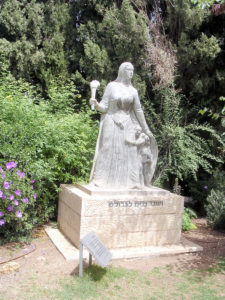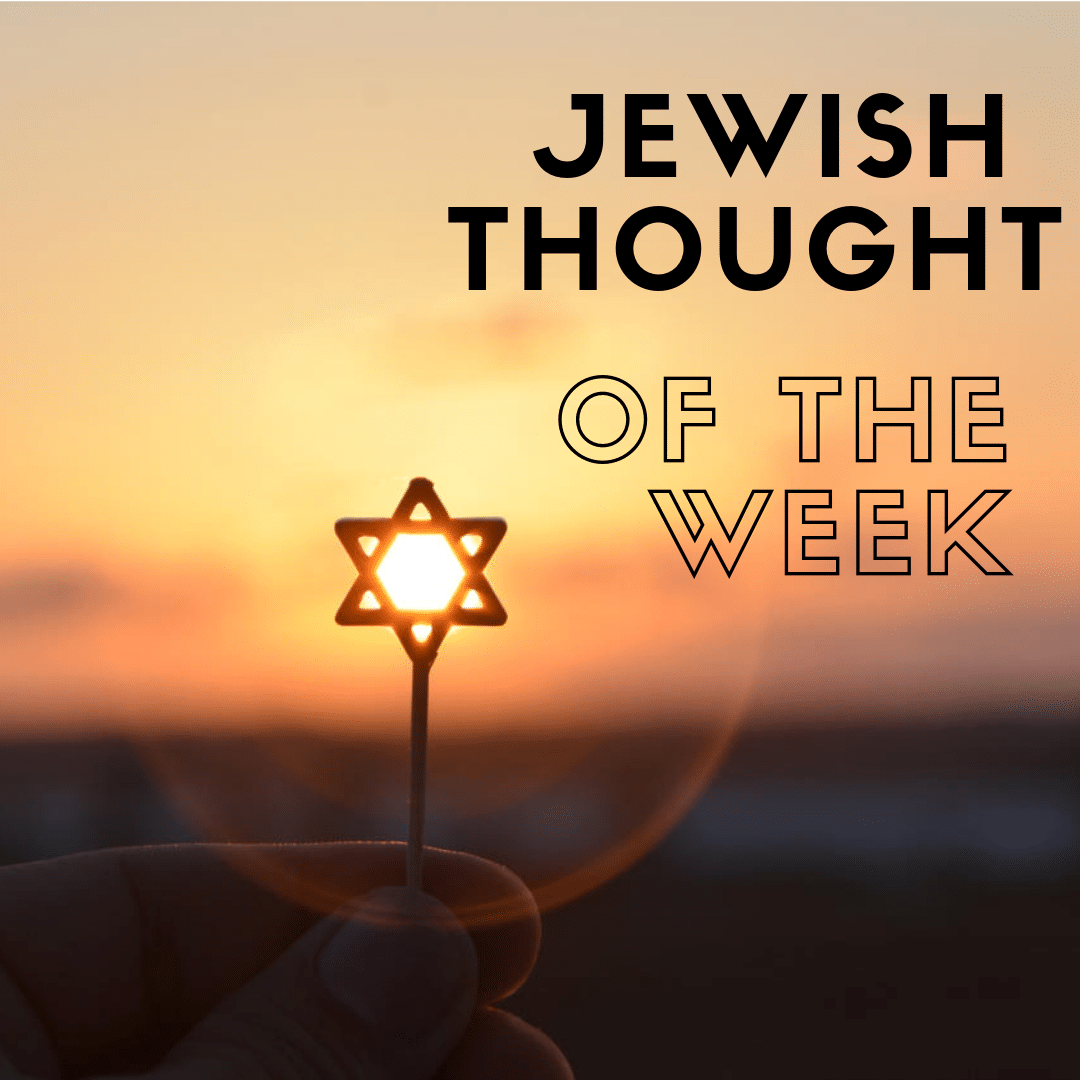By Rob Goldberg
At the end the Torah portion we read tomorrow, Vayishlach (Genesis 32:4−36:43), the matriarch Rachel dies and Jacob buries her in a roadside grave outside of Beit Lechem (today’s Bethlehem located in the central West Bank). Jacob was making his way southward to where his father lived when tragedy strikes while Rachel gives birth to Benyamin: “There was but a little way to come to Efrat when Rachel gave birth, and she had a difficult labor . . . Rachel died, and was buried on the road to Efrat, which is Bethlehem. Jacob set a monument upon her grave; that is the tombstone of Rachel until this day (35:16-19).”
It seems strange at first blush that Jacob would bury Rachel, the love of his life, along the roadside and not bring her body with him to Efrat.
We look to the midrash, our source that interprets biblical narrative, by helping us understand Jacob’s decision. From Midrash Rabbah we read: “Jacob foresaw that the exiles from Jerusalem would pass that way. Therefore he buried her (Rachel) there so that she might pray for mercy for them.” We also learn from Rashi, the medieval French rabbi and commentator, who suggests, based on a verse later in Genesis (48:8), that Jacob is commanded to bury Rachel by the road. In explaining his choice of burial to their son Joseph, Jacob says: “I didn’t even take her into Beit Lechem itself which was in the land, and I know that you feel badly about this. But know that God told me to do this, so that she will be a help to her children. “
So according to commentary, Jacob’s choice of burial was God instructed and purposeful; it gave Rachel, often understood as the quintessential “Jewish mother,” to shower mercy and compassion over her children who would pass by in the years to follow.
Today, it is difficult for Jews to visit Rachel’s tomb, though one is able to down upon the site from Ramat Rachel, a kibbutz founded in 1926 by young idealists from the Jerusalem contingent of Gdud H a’avoda – a labor brigade that was instrumental in the physical development of modern Jerusalem. Today, the kibbutz is a popular destination for weddings and houses a lovely guest house and archaeological garden. I had the opportunity to stay at Ramat Rachel with student leaders in 2002 during the JFNA General Assembly.
The kibbutz commissioned a magnificent sculpture of Rachel in 1954 by David Polus. The touching statue depicts Rachel holding a torch in one hand and sheltering two young children with the other. Polus calls the sculpture “and the children returned to their homeland,” inspired by Jeremiah 31:16.
On this Shabbat, let us remember the legacy of Rachel. As we read about her tragic death, let us remember why she was buried along the roadside, and seek to emulate the compassion and mercy she had for others during her lifetime, and beyond.

Rob Goldberg is the Executive Director and CEO of the Buffalo Jewish Federation.

